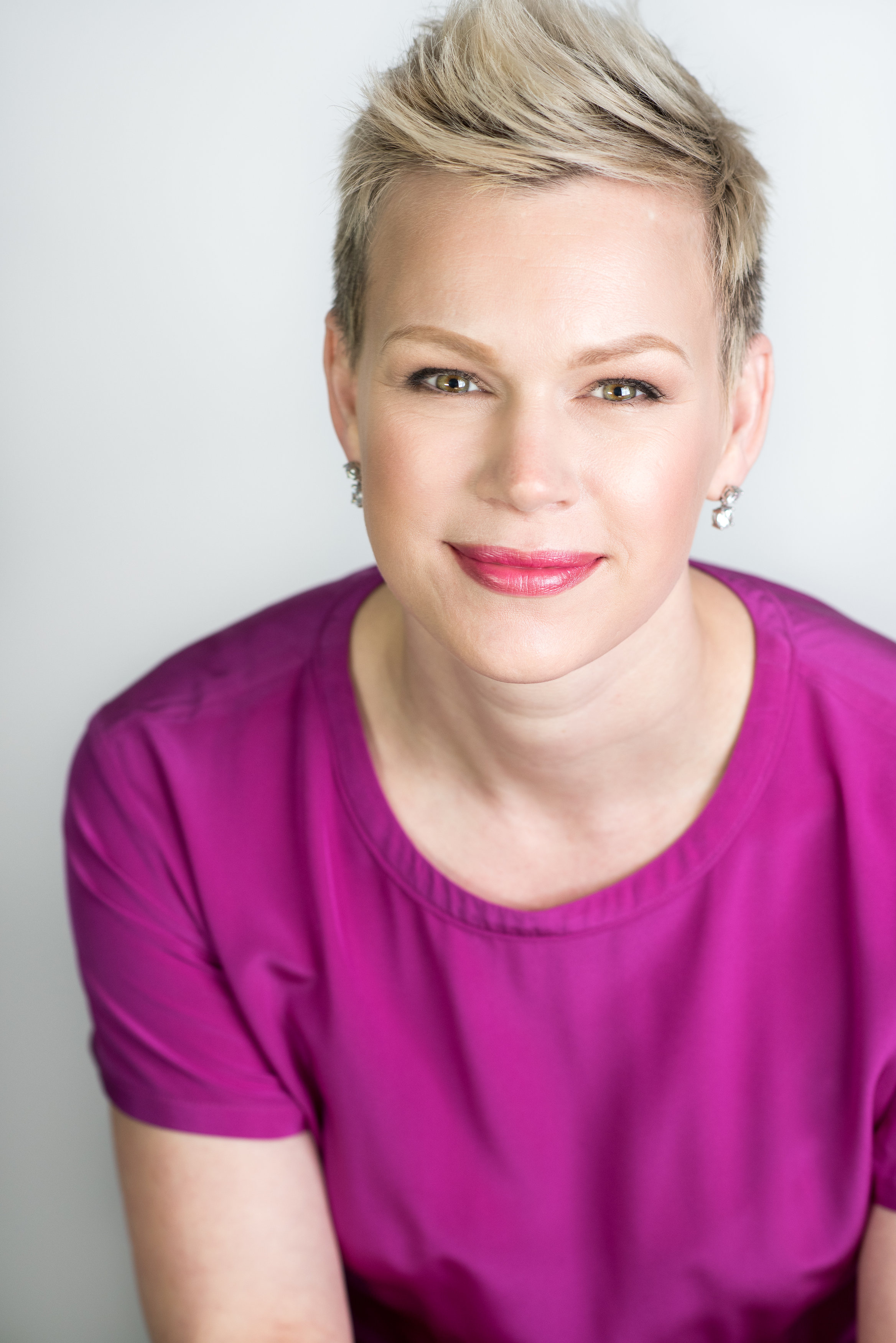We were meeting to talk about his recent lay-off, but as my client Jim* fought back tears, I knew we needed to talk about his dad. His dad had always been a tough cookie, dedicated to his family but not necessarily understanding of his dreamer son. Now that Jim (not his real name) had lost his job, it wasn’t just hard to look at the numbers because of what they said about how long he could pay his rent. The numbers were also saying, almost in his father’s voice, that it had been a mistake to pursue such an uncertain career path as a writer.
Money is extremely emotional. But we rarely acknowledge that fact, except as a problem to be solved—something we need to “get through,” annoying brush to be cleared on our way to objective, dependable reasoning about our finances.
As a financial therapist, I’m here to tell you: it doesn’t work that way. Cutting ourselves off from our emotions can actually undermine our financial health and erode our overall well-being. Instead, we must learn how to process and integrate our feelings, so we’re aware of them but they don’t run the show. This is the emotional labor of money.
ADVERTISEMENT
Emotional labor is the amount of effort it takes to manage our feelings and reactions in order to execute a task, make a decision, or perform in a role. You may have heard this concept applied to the professional environment or to family management, but we never really think about it in terms of our financial lives.
For many of us, like Jim, these feelings and associations are not new. They may be issues and challenges that have been with us as long as we’ve been making decisions and trying to behave in financially healthy ways.
But for others, this pandemic and the resulting economic upheaval feel like a shock to our system, as even simple tasks require more emotional labor than they did before. Worry about job loss, changes in income, or the health risk incurred by simply going to work make us question how much is safe to spend. And even if our budget hasn’t changed, shutdown disruptions mean that the well-worn routines we had to meet our needs—the ways we get food, spend our time, even the clothes we wear on a daily basis—are all in flux.
So how do we begin to broach the barrier we keep between our feelings and our figures? Perhaps it’s the shutdown talking, but I’m thinking about this in terms of a reopening plan.
Phase 1: Shelter in Place
- Before we open that door we want to make sure it’s the right time to do so. In an active crisis situation, human beings have a kind of psychological firewall that protects our ability to function until we can get ourselves back to safety. You may know someone who, during an emergency, was able to take in extremely upsetting information with apparent calm, and didn’t break down until after the immediate danger had passed. If you are in an acute crisis—facing potential homelessness, food insecurity, or other safety threats —this work can wait until circumstances are safer.
Phase 2: Testing and Tracing
- The next step is to map out our emotional money hot spots. Before we put any pressure on ourselves to change a thing, we need to assess where our issues are and what concrete effect they have on our financial and emotional health.
Phase 3: Controlled Exposure
- Once we have a better sense of the scope of emotional labor connected to our finances, we can work out a plan to integrate it appropriately. For example, for those of us who experience a strong fight, flight, or freeze response to money, restructuring our “rules of engagement” with financial tasks can make a huge difference. Having a regular check-in (with an end time!), breaking large goals into small steps, and enlisting a partner can all help decrease our stress levels and make us more effective managers and decision-makers. Keeping a balance between our emotional state and the task at hand helps us stay grounded as we move through the concrete work. For my client Jim, the small daily steps he took toward creating a stable cash flow plan—looking at his resources, reducing his expenses, applying for benefits, communicating with creditors, and asking for help—allowed him to also face his biggest fear: disappointing his father. As his confidence in his ability to manage hardship grew, he was able to get some distance between his father’s expectations and what was important in his own life.
Phase 4: Financial Health
- Approaching the emotional work of money in phases helps us to do two things: to “unstick” ourselves when simply trying push through those feelings keeps us from being able to function properly in our financial lives, and two, to recognize when places we need to grow as people are presenting as a financial problem. We don’t just want money to hurt less, or to not be as hard. That’s a good enough beginning, but ultimately doing the emotional work that comes up around money helps us to feel authentic, grounded, and capable.
So many of us are going through a crash course in the emotional labor of money right now. Each moment, we’re learning and adapting. We’re learning how to ride the swells and ebbs of anxiety as we wade through benefits applications. We’re learning how to say, “I need help.” We’re learning that tasks or challenges we thought were impossible are within our capability after all. We’re learning that crisis may open the door, but that journey that follows can be toward greater peace and well-being.






